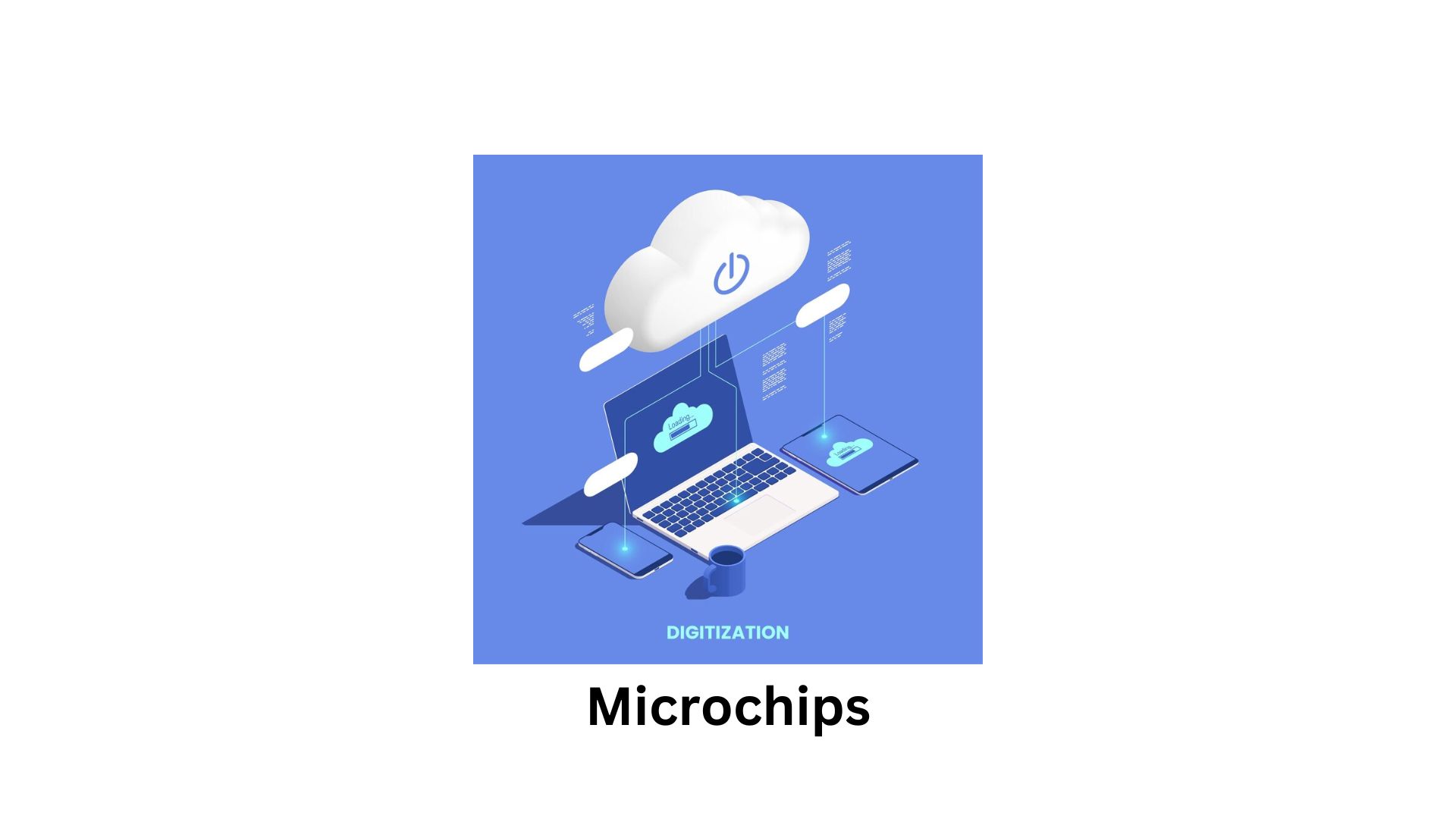Microchips: The Tiny Wonders Powering Modern Electronics

Microchips, or integrated circuits (ICs), are the unsung heroes of modern electronics. They are minuscule electronic devices packed with thousands to millions of electronic components on a single semiconductor wafer. These components, including transistors, diodes, resistors, capacitors, and intricate interconnections, are delicately etched onto the semiconductor surface using cutting-edge manufacturing techniques.
Read Also: Difference between a Microchip and a Semiconductor(2024)
The Versatility of Microchips
1. Processing Power: Microprocessors
Microchips serve various functions, primarily depending on their design and application. At the heart of many electronic devices lies the microprocessor, a type of microchip responsible for processing data and executing instructions. From powering your laptop to controlling complex industrial machinery, microprocessors are the brains behind countless technological innovations.
2. Data Storage: Memory Chips
In addition to processing, microchips also handle data storage. Memory chips, another type of microchip, store information temporarily (RAM) or permanently (ROM). Whether it’s the files on your computer or the settings on your smartphone, memory chips play a crucial role in retaining data for future use.
3. Signal Manipulation: Digital Signal Processors (DSPs)
Microchips aren’t limited to just processing and storage; they’re also adept at manipulating signals. Digital Signal Processors (DSPs) specialize in tasks like filtering, compressing, and enhancing digital signals. These chips are vital in applications such as audio processing, telecommunications, and image manipulation.
4. Customized Solutions: Application-Specific Integrated Circuits (ASICs)
For specialized functions, manufacturers turn to Application-Specific Integrated Circuits (ASICs). Unlike general-purpose microchips, ASICs are tailored to perform specific tasks with maximum efficiency. Whether it’s controlling the engine in your car or managing the temperature in your oven, ASICs provide customized solutions for diverse applications.
The Ubiquity of Microchips
Microchips have permeated every aspect of modern life, powering a vast array of electronic devices. From the moment you wake up to the time you go to bed, you interact with countless gadgets and appliances driven by microchips.
1. Computing Devices
Computers, whether desktops, laptops, or servers, rely heavily on microchips for processing power and memory storage. From browsing the internet to running complex simulations, microchips enable a myriad of computing tasks.
2. Communication Devices
Smartphones and tablets have become indispensable tools for communication and entertainment, all thanks to the microchips nestled within their slim frames. From making calls to streaming videos, microchips facilitate seamless connectivity and high-speed data processing.
3. Automotive Systems
Modern vehicles are equipped with an array of microchips to control everything from engine performance to in-car entertainment systems. Advanced driver-assistance systems (ADAS) rely on microchips for real-time data processing and decision-making, enhancing safety on the road.
4. Medical Devices
In the field of healthcare, microchips play a vital role in diagnostic equipment, monitoring devices, and implantable medical devices. From heart rate monitors to MRI machines, microchips enable precise measurements and accurate diagnosis, improving patient care.
5. Household Appliances
Even mundane household appliances like refrigerators, washing machines, and thermostats have undergone a technological revolution, thanks to microchips. Smart features, energy efficiency, and automated functions are all made possible by the integration of microchips into these devices.
6. IoT Devices
The rise of the Internet of Things (IoT) has further expanded the reach of microchips into our daily lives. Smart home devices, wearable gadgets, and industrial sensors all rely on microchips to gather, process, and transmit data, enabling a connected ecosystem of devices.
Conclusion: The Invisible Giants
In conclusion, microchips may be small in size, but their impact on modern society is monumental. From enhancing efficiency to driving innovation, these tiny wonders power the electronics revolution that defines the 21st century.
Unique FAQs
1. Are microchips and integrated circuits the same thing? No, while microchips are a type of integrated circuit, the term “integrated circuit” encompasses a broader category of electronic devices.
2. How are microchips manufactured? Microchips are typically manufactured using semiconductor fabrication processes, which involve precise etching and layering of materials on a silicon wafer.
3. Can microchips be recycled? Yes, microchips can be recycled, although the process can be challenging due to their complex composition.
4. What is the future of microchip technology? The future of microchip technology lies in advancements such as smaller transistor sizes, increased energy efficiency, and the integration of artificial intelligence for more intelligent devices.
5. Are there any drawbacks to microchip technology? While microchips offer numerous benefits, concerns such as cybersecurity threats, electronic waste, and privacy issues are important considerations for the future development and deployment of microchip technology.